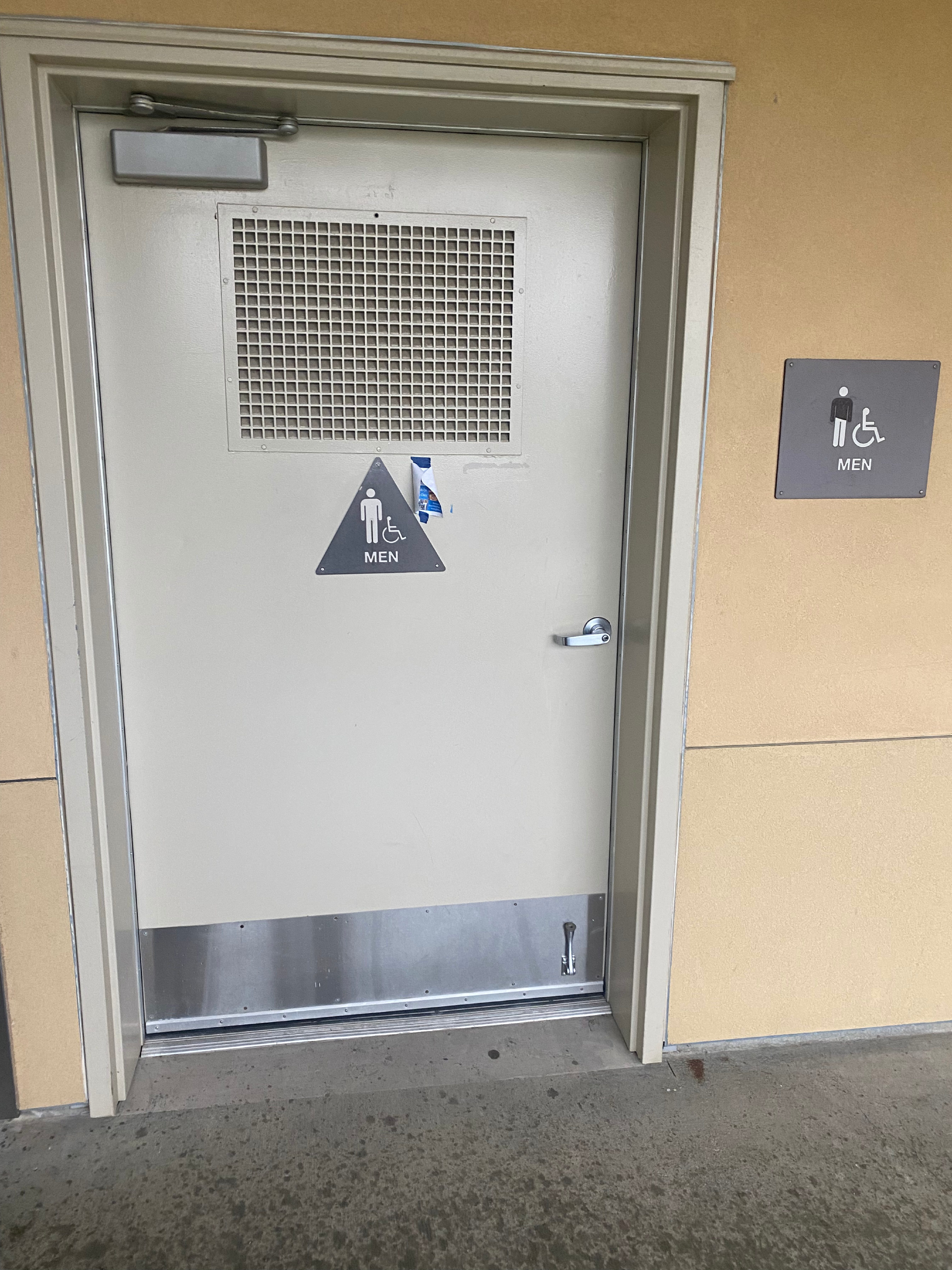Three Years of Common Core in Math
Eagle time: May 12, 2017
In 2009, states were scrambling to find ways to get federal grant money. If a state won the Race to the Top grant, it could receive roughly $700 million in federal funding for education. However, if a state did win the grant, they were also encouraged to adopt Common Core standards, though they were not required. California did not win a grant–which would’ve been a small fraction of the amount of money it spends on education every year–but on August 2, 2010, it did what most state would eventually do and adopted Common Core standards.
But why was Common Core pushed the way it was to states? Why were states encouraged to adopt the standards?
Common Core was created by former Arizona Governor and current leader of the UC system, Janet Napolitano, with a task force of education officials in 2008. Her goal was to improve math and science education to make America’s future workforce more competitive on the world stage. The new standards were tougher than many states standards in use at the time which is why it came under fire for violating states rights.
For math classes, Algebra, Geometry and Algebra 2 were replaced with Math 1, 2 and 3. The Common Core website states that the goal of common core math is to create “adaptive reasoning, strategic competence, conceptual understanding (comprehension of mathematical concepts, operations and relations), procedural fluency (skill in carrying out procedures flexibly, accurately, efficiently and appropriately), and productive disposition.” In doing this, some former standards were thrown out while the remaining standards were strengthened with the values stated above.
“It’s not so much the math standards changed, it’s the emphasis on how you teach math that changed,” said Tracy Suter, who teaches Math 1 – 3 at Vista del Lago. “There’s a lot more focus on problem-solving, modeling, being able to talk about and understand the math.”
This echos, almost identically, the language on the Common Core website. It emphasizes analysis givens, constraints, relationships and goals. Students must know how to make a “solution pathway” toward the answer and know what it means rather than attempting to find the solution.
“The district looked at the current textbooks and updated them with new materials that would reflect those teaching practices. We went from traditional Algebra I and II to Integrated, so what you see in the classrooms are the teachers working into the integrated approach and a textbook that is setup to support the teaching standards, and that’s where it’s a bit of a struggle to transition,” said Suter. “Teachers like myself taught like this when we first started because [teaching’s] a little like fashion–it comes in and out of style.”
So, according to teachers, what did Common Core improve? “The new text does a very good job of giving students problems that are current and makes sense, unlike the old, which had artificial word problems,” said Suter. One of the concerns with Common Core math, she says, has to do with square roots. “They seem to not get as much practice and they’re sprinkled throughout the course.”
Common Core math is still in its infancy, only being 3-years-old, and there’s no doubt that in the future teachers’ input will always help make it better.









































